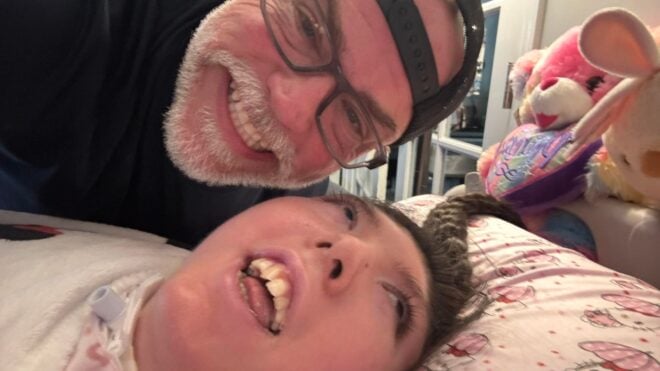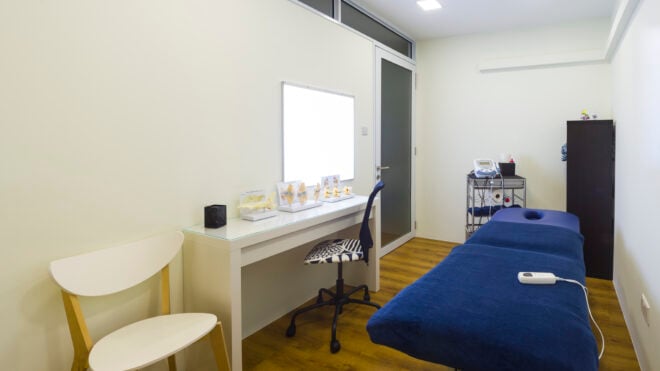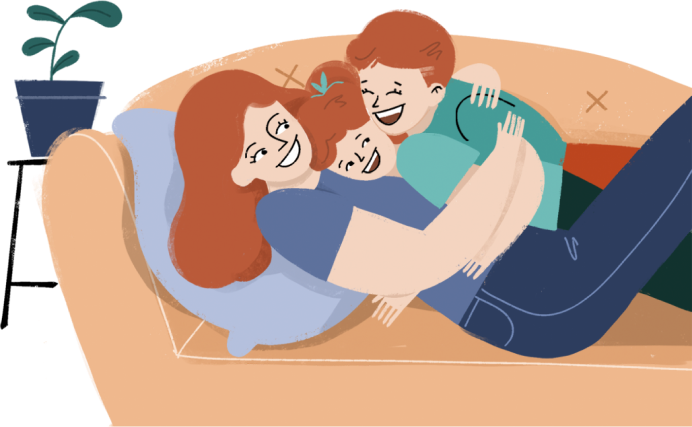We've all felt different levels of stress before, ranging from being a little worried about an upcoming doctor's appointment to being seriously anxious about a family drama.
And sometimes our anxiety levels can get so high that they actually begin to negatively affect our body in a number of ways — one of them being panic attacks.
Some people may be unsure if they are having a full-blown panic attack or just experiencing unusually high amounts of stress.
But there are many interesting and, sometimes unsettling, physical symptoms that come with an attack.
It's not just something that affects your mind — there are actually a whole lot of physical symptoms to look out for.
Once you've properly identified them, you'll know for sure if you are having an attack, and can take the proper measures to calm yourself down.
Learn most of the signs of these stressful attacks below.
Symptom #1: Accelerated Heart Rate
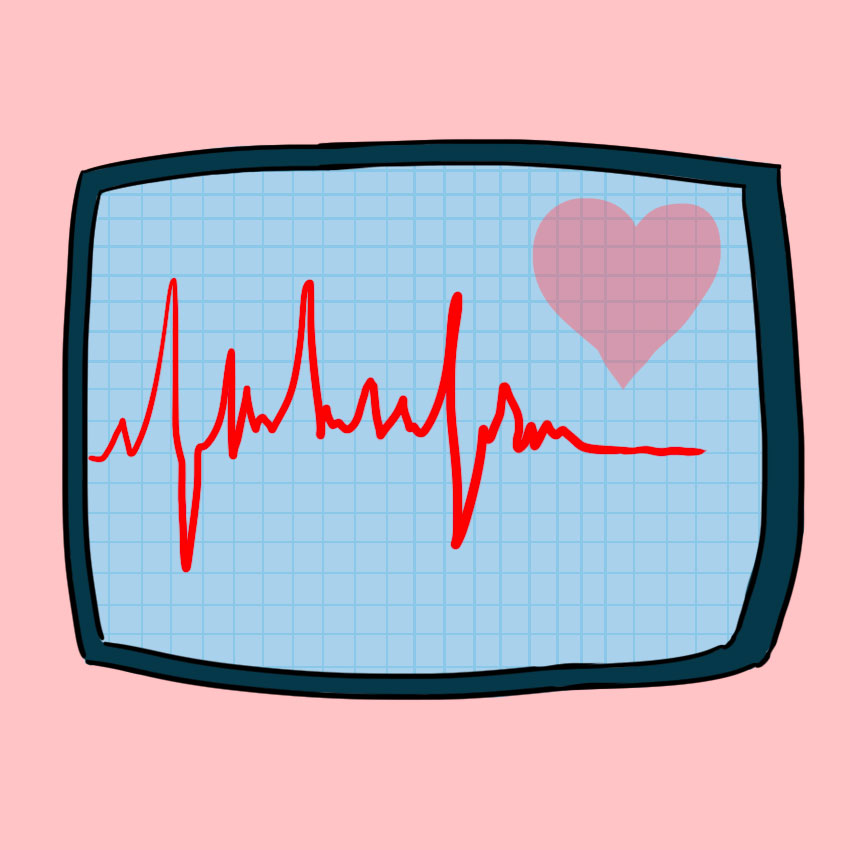
When you're severely stressed out, it trigger's your body's "fight-or-flight" mode and turns your adrenaline way up.
This also accelerates your heart rate, which allows your body enough energy to escape danger, if need be.
But, since immediate danger isn't always the source of extreme stress, the adrenaline boost can leave you with all of this pumping blood and elevated energy that you don't need.
Symptom #2: Shortness Of Breath
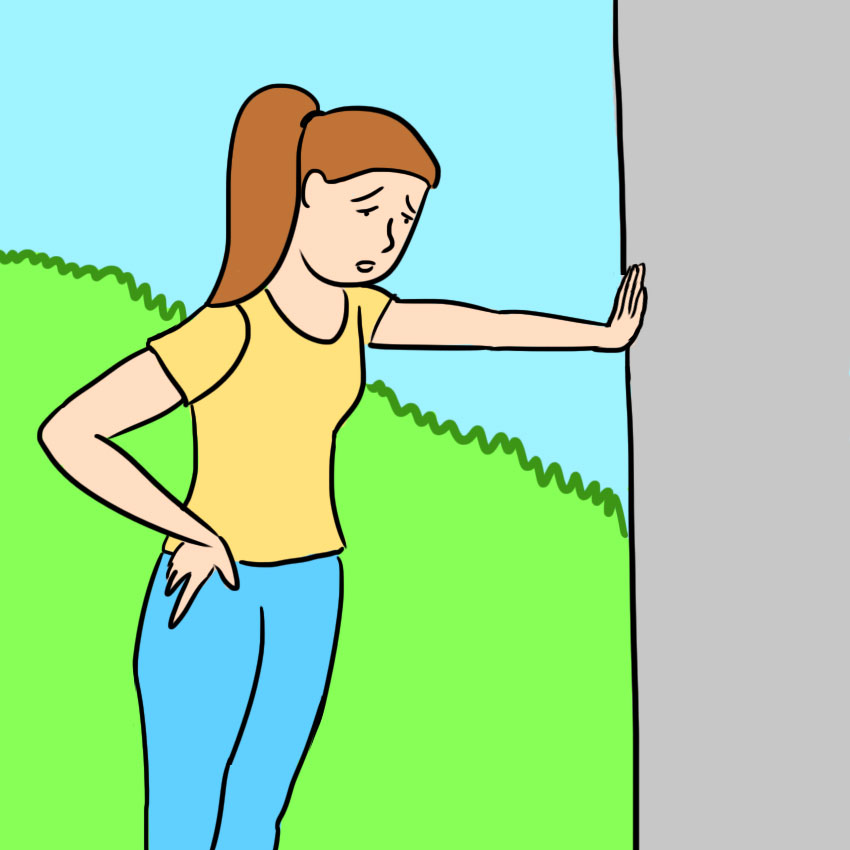
The extra adrenaline can cause your breath to become shallow.
This is a big indicator of a panic attack, but can also to an important tool to help you calm down.
Short shallow breathes can stress your body out and even cause you to pass out — but taking slower, deeper breathes can help keep you calm through the attack.
Symptom #3: Extreme Chills Or Hot Flashes
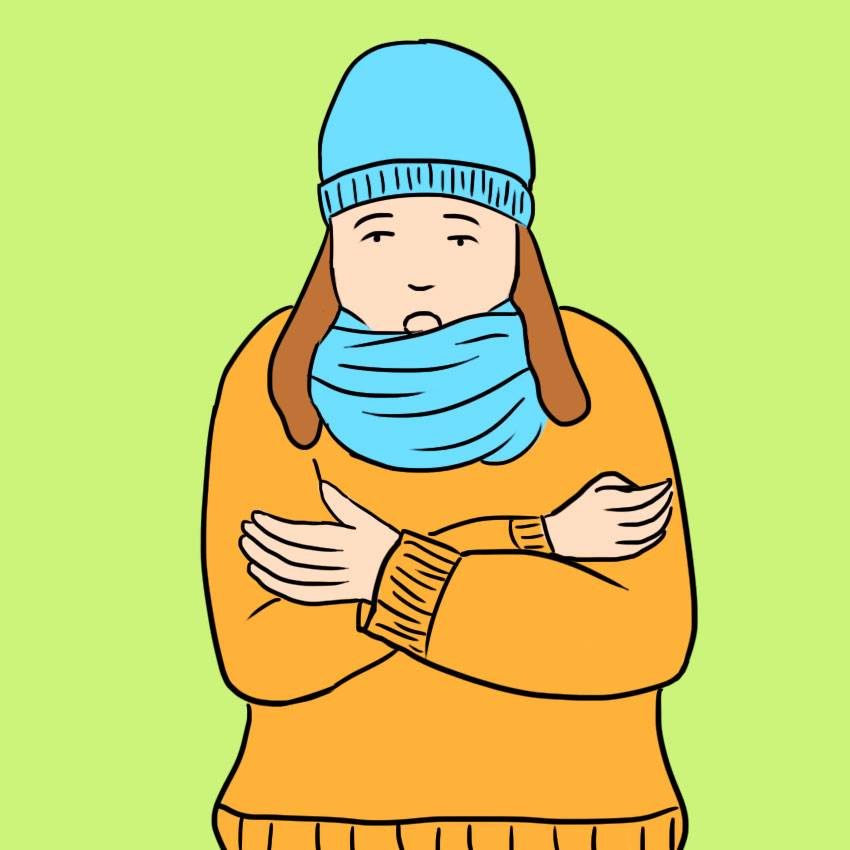
In response to you its erratic behavior, you body may try to regulate itself again.
This can cause either extreme chills, or hot flashes depending which way it's overcorrecting.
Try not to panic even more so, because it should right itself in a matter of minutes, if that.
Symptom #4: Sweating

Sweat triggered by stress is different from the kind we produce when we're hot.
Though no one can say for sure why stress sweat happens, some hypothesize that it is an evolutionary trait to keep attackers away (hence the smell).
Regardless of why it happens to any of us, it is still a very common sign that you are under extreme amounts of stress.
Symptom #5: Numbness Or Tingling

According to calmclinic, Paresthesia is the sensation of tingling, tickling, or burning on the skin.
This is another common sign linked to panic attacks, because they affect your nerves.
When you're stressed and breathing heavily, you're not producing enough carbon dioxide, which constricts your blood vessels and causes the nerves to get tingly because less calcium is getting to them.
Symptom #6: Nausea Or Upset Stomach
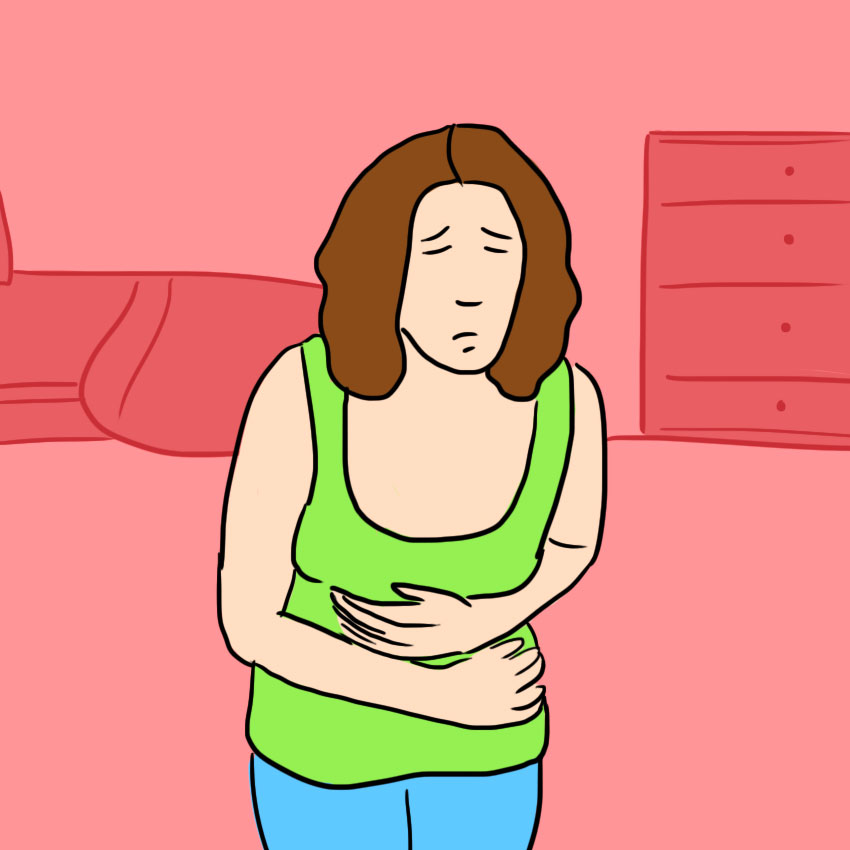
Some panic attacks can cause nausea.
There are many reasons why there attack can make you nauseous, but it is likely because your digestive system is taking a hit from the adrenaline rush.
The rush causes some parts of the body to speed up while others, like your digestive track, get stifled, making your stomach and bowels angry.
Symptom #7: Feeling Lightheaded
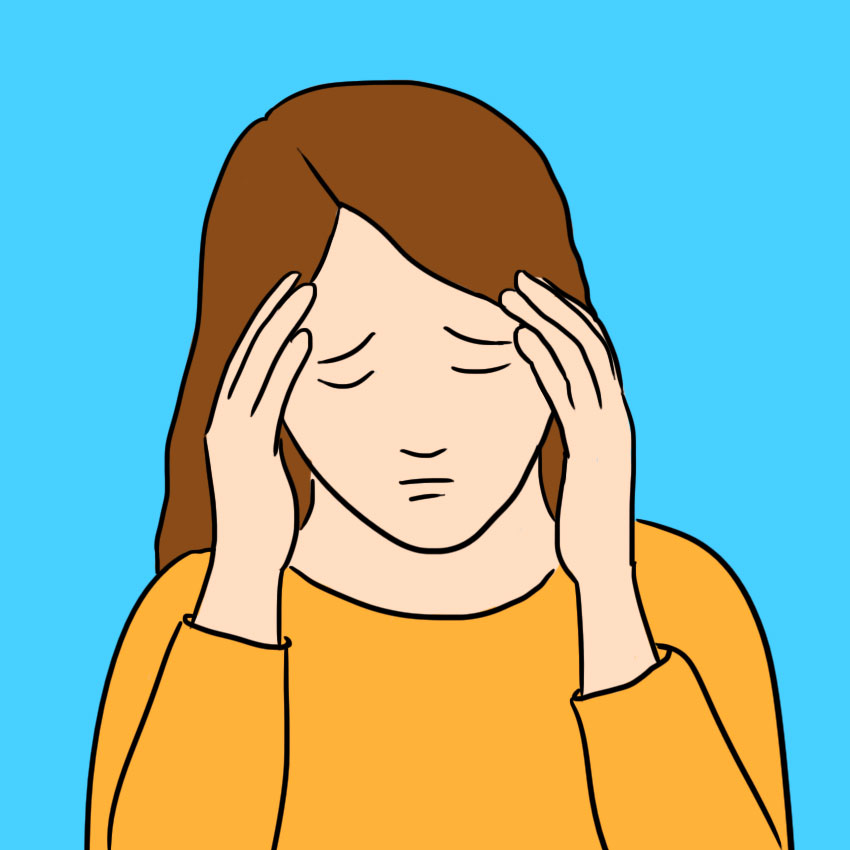
If your body is on overdrive during an attack and you're breathing improperly, it can make you lightheaded.
Stress also takes an immense toll on the body, by using up all its nutrients faster.
This can make you lightheaded simply because you body has had enough and needs to recharge — similarly to how you would feel if you were malnourished.
Symptom #8: Choking Sensation
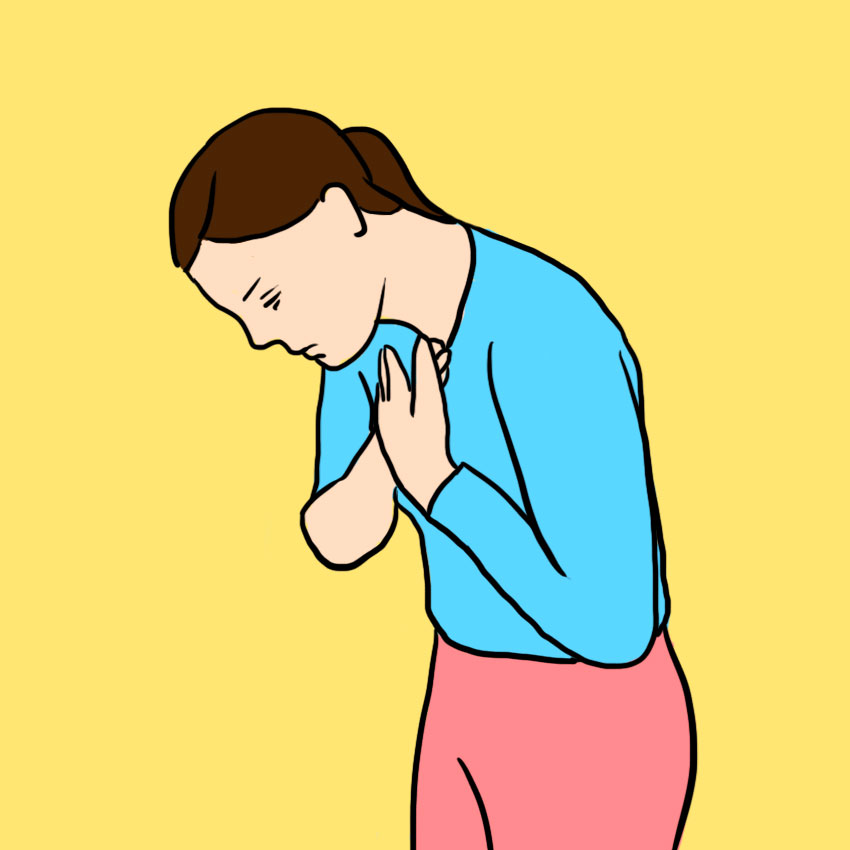
A choking sensation can be extra anxiety-inducing because, on top of all the other stressors, you now feel like you can't breath.
There is no productive reason why your body would cause a choking feeling, but it does happen.
It is likely caused by hyper-sensitivity, meaning that you are overly in-tune with what is going on in your body.
The slightest twitch or change in temperature can be so severe and the even swallowing saliva can feel like it will block your airways.
Symptom #9: Feeling Detached
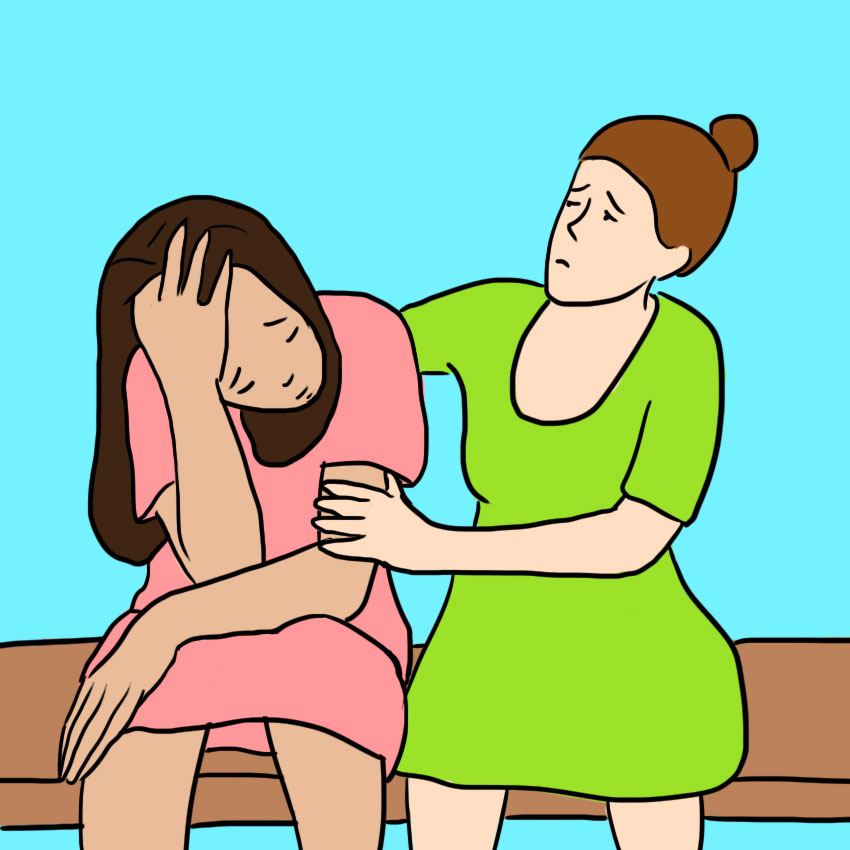
Another common panic attack symptom is feeling like you've left your body and that you aren't actually present for the situation.
This is called depersonalization and people who have had it feel like they are losing touch with reality.
If you begin to feel this unique sensation, try not to panic that you won't return back you your body, your elevated emotions and body function can cause many unusual sensations!
Symptom #10: Fear Of Dying
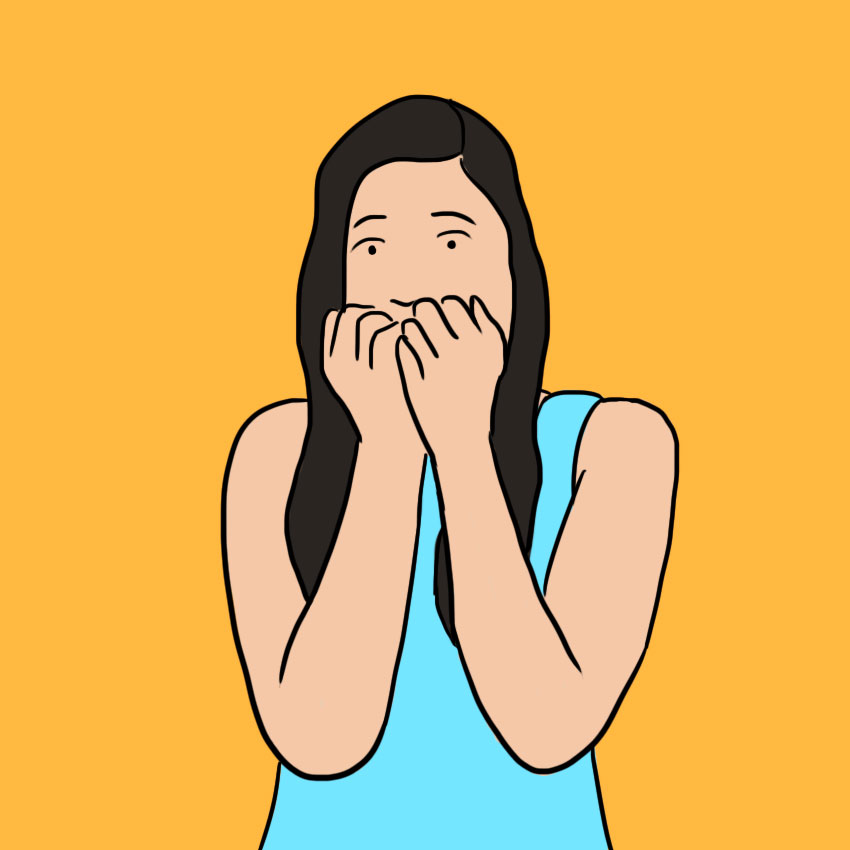
This fear can manifest itself in different ways during a panic attack according to anxietycoach.com.
Since the many symptoms you're feeling could feel like an illness, it could lead your anxious mind to believe you're dying.
If you're experiencing this, along with some of the other listed symptoms, your likely having a full blown attack — and learning how to calm yourself down when you have one can make them less disastrous.
Below are a few simple methods that you can try to make your mind and body more calm.
Treatment #1: Breath Deeply
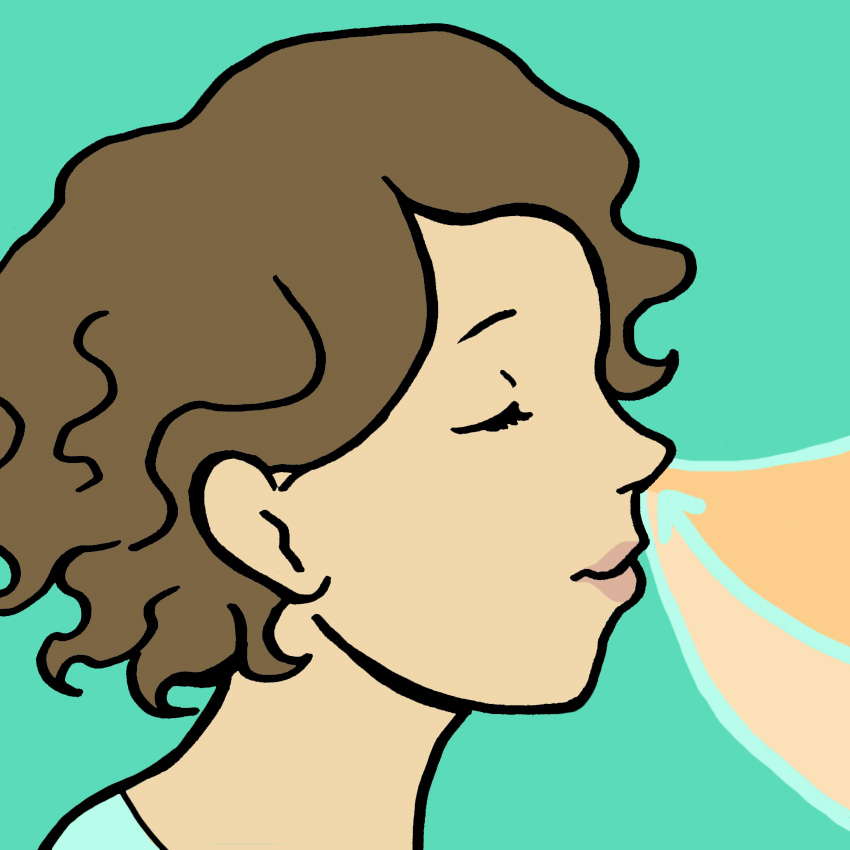
When you have a panic attack, your body wrongfully assumes that you need to breathe quickly and shallowly because of the heightened adrenaline.
This is called hyperventilation and it can cause heart palpitations and light headedness.
But, according to Uncommonhelp.me, if you try to take deeper, more meaningful breathes through your nose, this will calm some of your other physical symptoms as well as your worried mind.
Treatment #2: Practice Muscle Relaxation
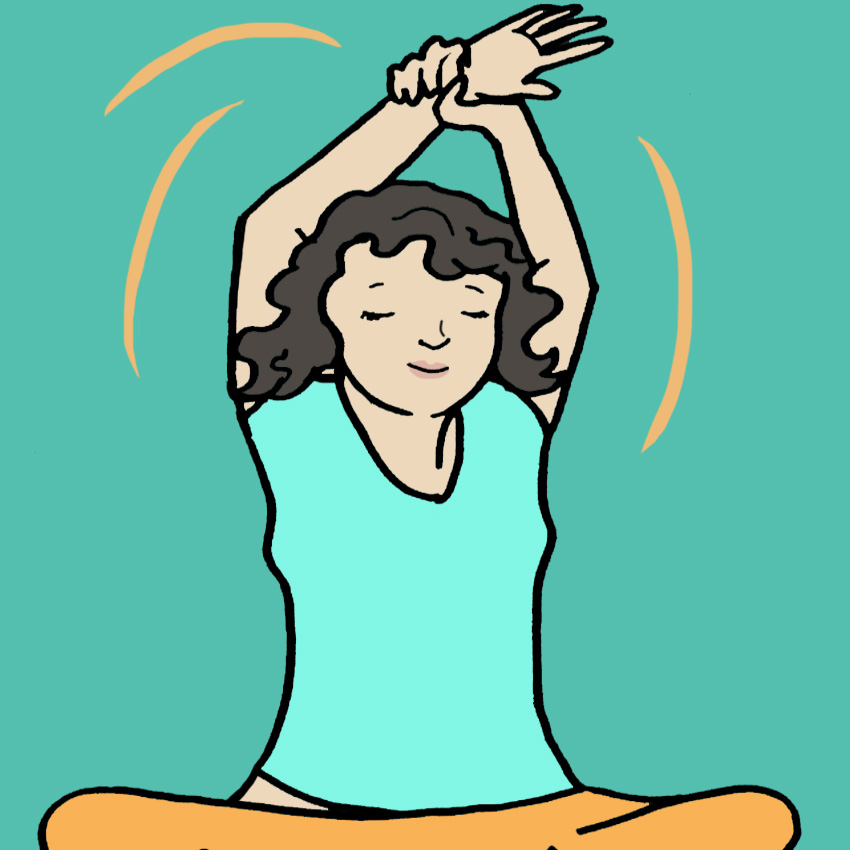
As mentioned before, panic attacks can cause tight, tingly muscles and feelings of choking.
So try to practice stretches that can sooth the tightness and make your body feel relaxed.
Though you may feel too stressed out to engage in too much physical activity, try finding a calm place to throw your hands over your head and pull them from side to side to create a great stretch.
Treatment #3: Replace Your Thoughts With Something Positive
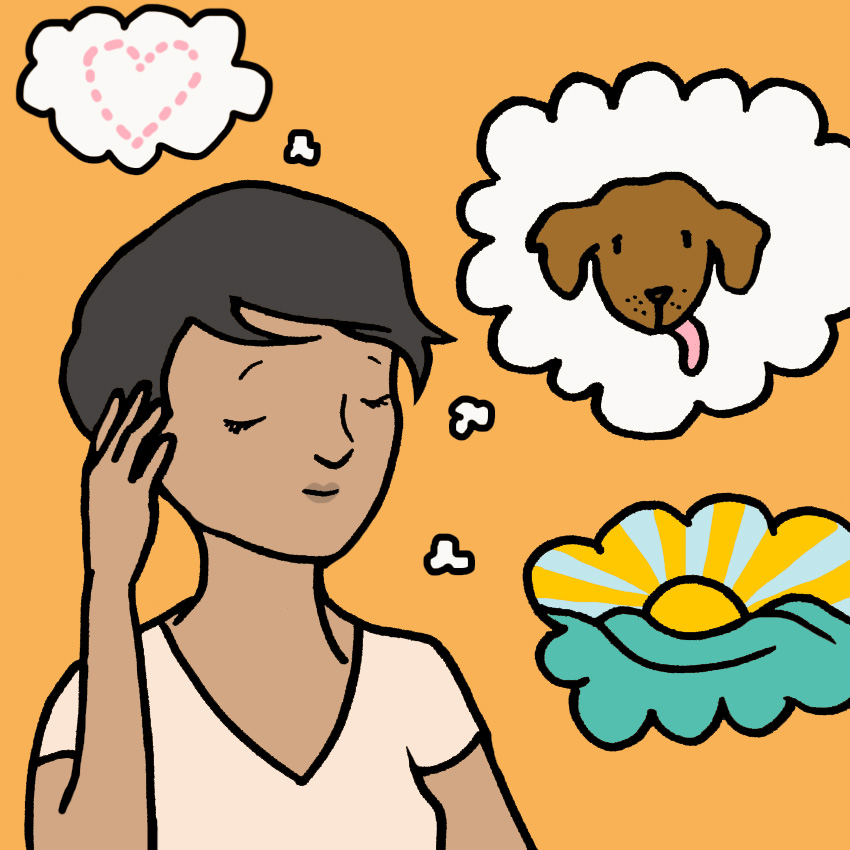
This may be easier said than done when negative thoughts are crowding your mind, but try to bring positive thoughts to the forefront of your mind.
In order to to stop the revolving negative thinking, say or shout 'STOP' to hault the negative messages, then replace them with happier thoughts right after.
You may need to try this technique, described on Nlppati.com, a few times, but it is a great way to exercise your brain to stop some thoughts and trigger new ones.
Treatment #4: Write Down What You’re Feeling
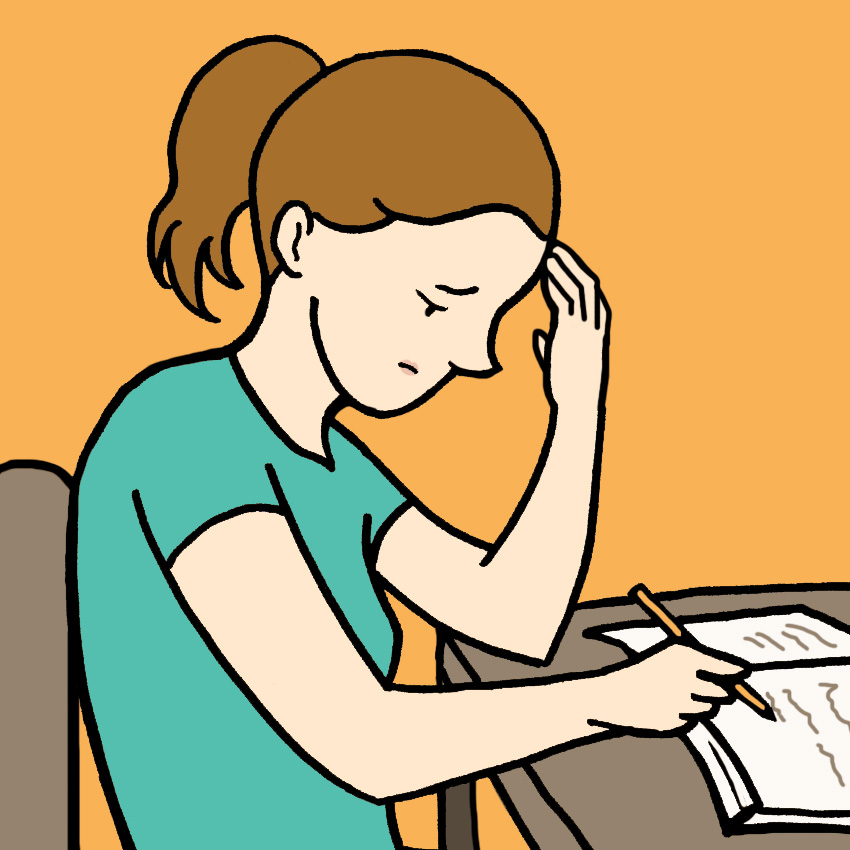
Though it may seem a little redundant to write down the thoughts your are already thinking, materializing them on paper can give them a whole new meaning.
Putting your worries down on paper is a great way to sort them out, and get to the root of why they are making you so panicky.
It can also be a great and non-strenuous way for you to distract your body and mind productively without straining it.
Treatment #5: Get A Friend To Help You Out
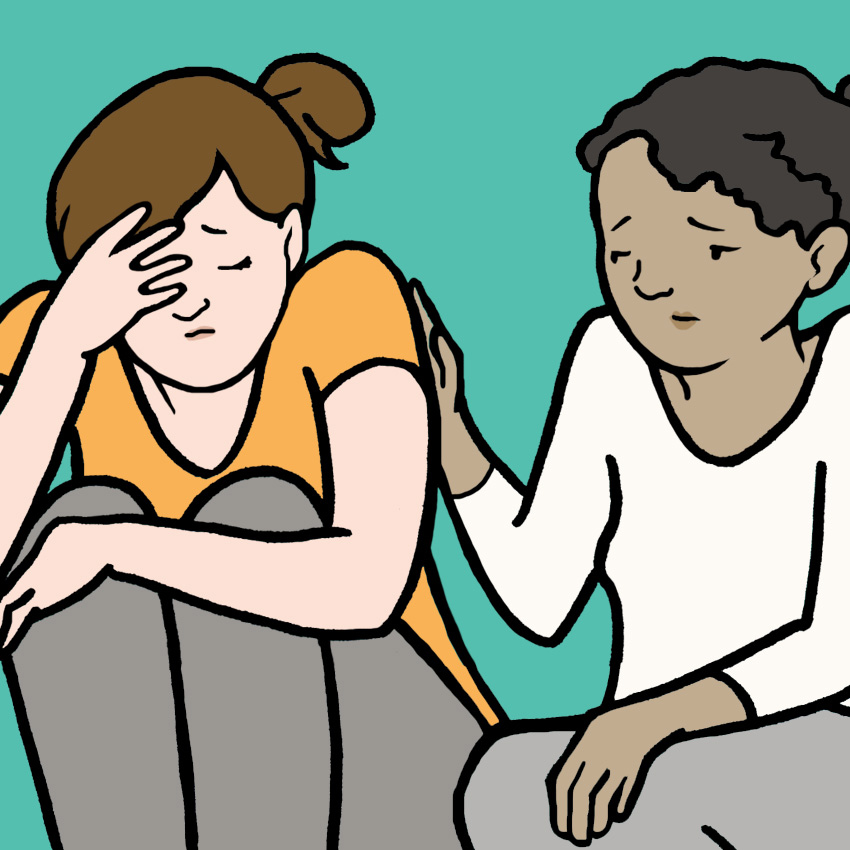
If you feel like your panic attack is too much for you to deal with on your own, grab a friend and let them know that you need their help in order to get calm.
Alternatively, if someone you know is having a panic attack, try carefully moving them to a quiet space, asking them simple questions to distract them, or coercing them into stretching their arms out.
Also, if they take anxiety medication, you can offer to help them take it and check in with them about taking it in the future.
Treatment #6: Find A Way To Distract Yourself
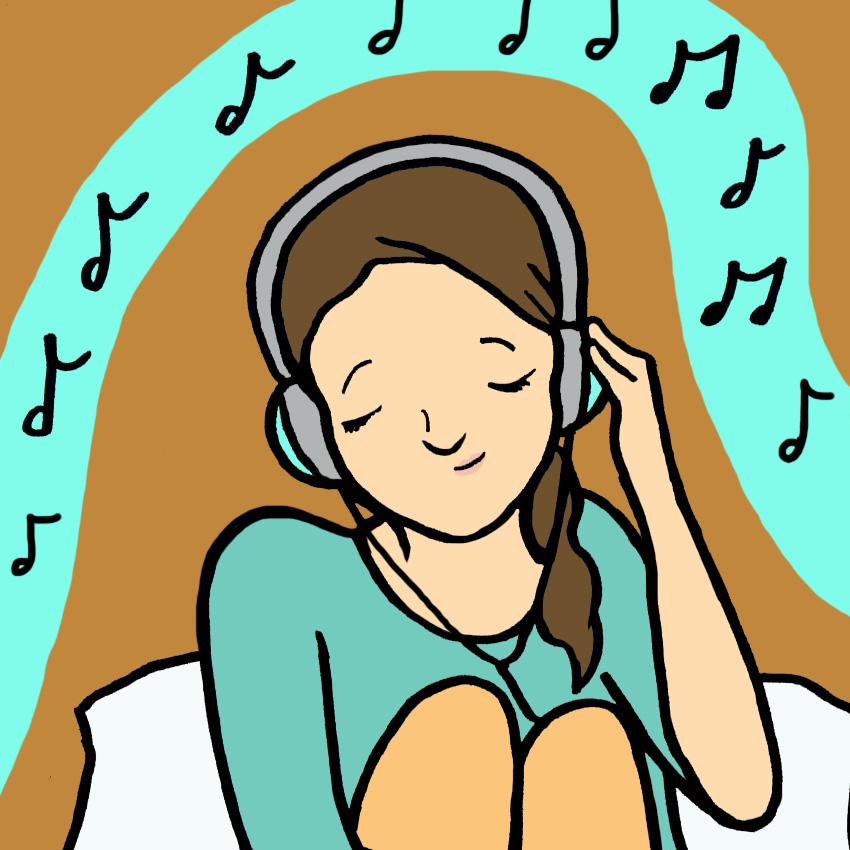
When you are overly anxious, it can be so hard to get out of your head, where worrisome the thoughts that cause so much pain are.
But, if you can manage, distracting yourself can be an easy way to calm all of the anxiety so that its not making your body suffer.
Try simple tasks like talking to someone on the phone, listening to music, or watching a light, funny television shows so your mind can focus on something else.
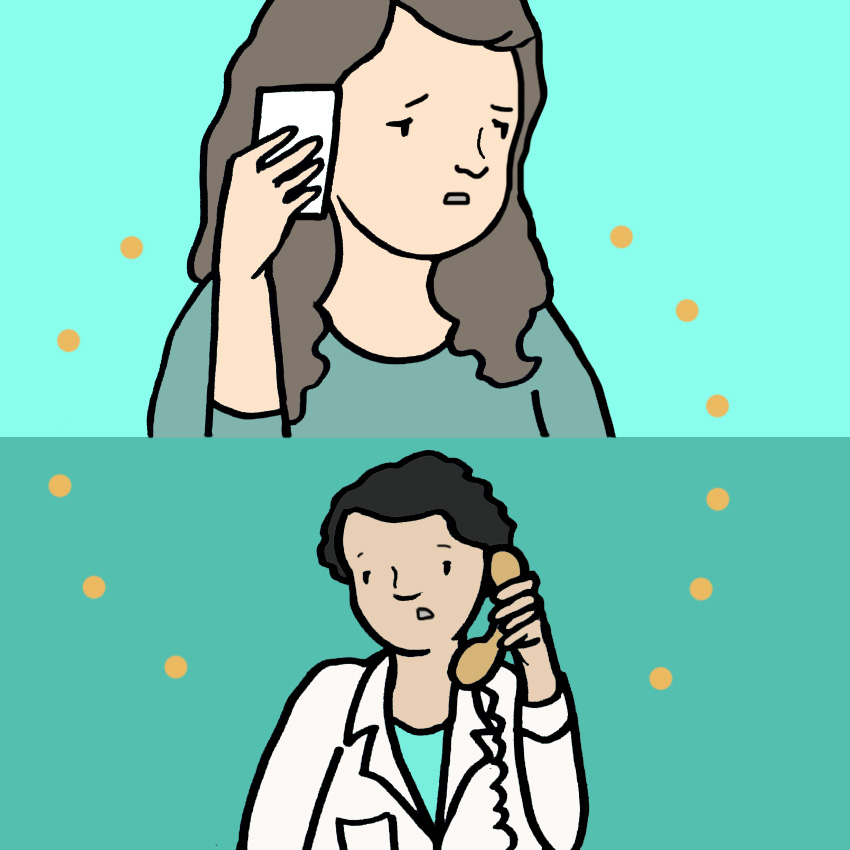
If you are feeling like all of the stress is too much to manage by yourself, try contacting your doctor or counselor so that they can help talk you down.
There are also support hotlines and online resources available if you feel like you need more help than you can give yourself.
Panic attacks can feel so scary, but once you have identified them, you can absolutely take steps to stop them from getting worse.
If you've felt the annoyance of anxiety, makes sure to SHARE with friends and family on Facebook.

